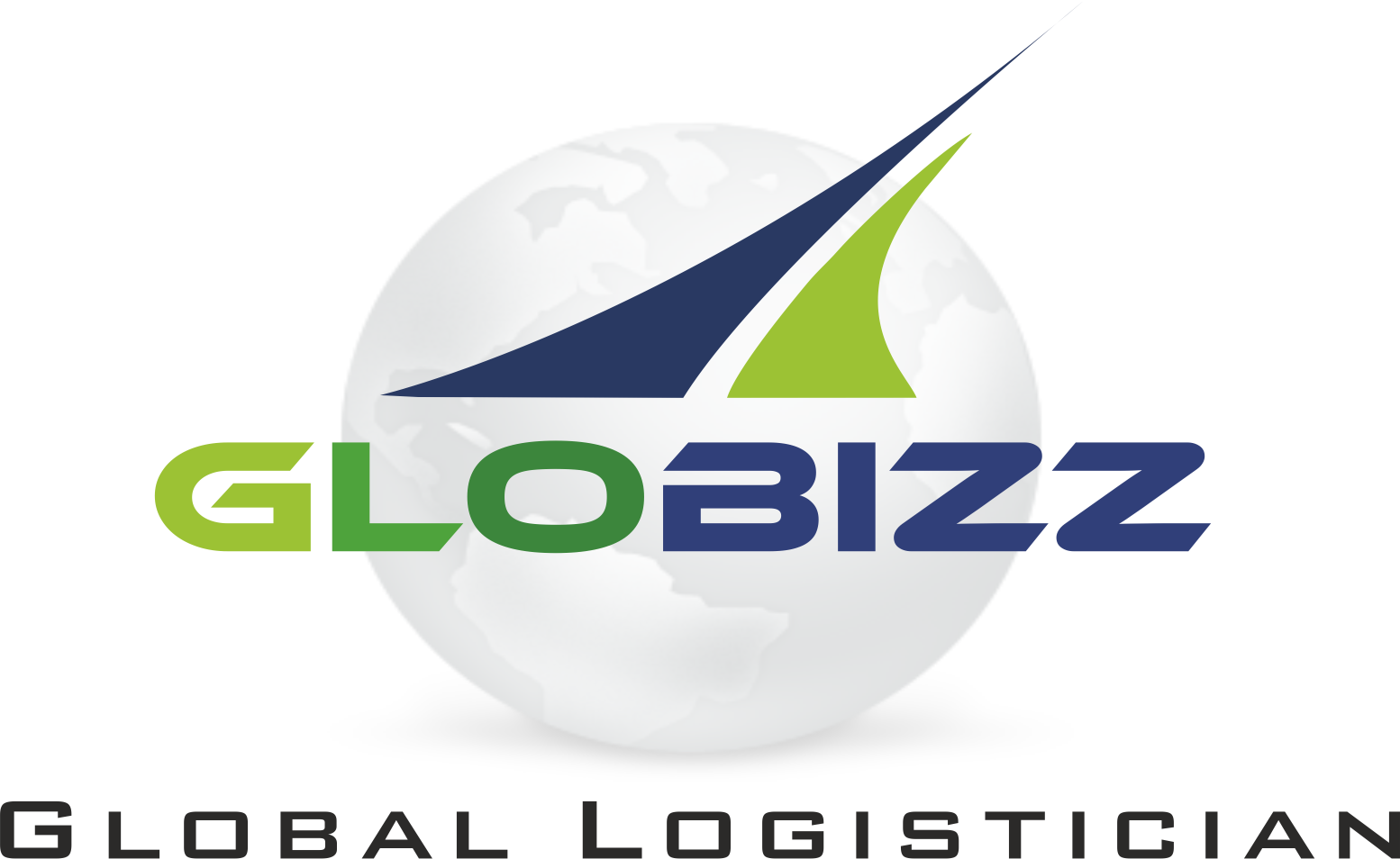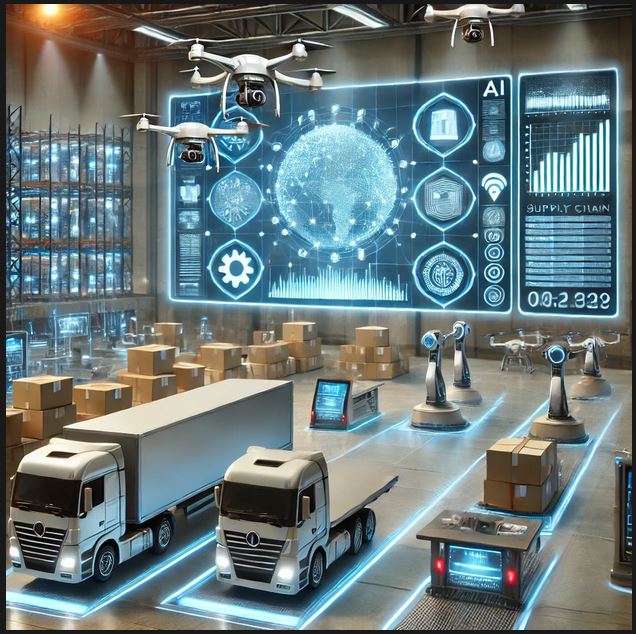In recent years, the FMCG (Fast-Moving Consumer Goods) sector has seen a massive shift, particularly in how fresh and frozen products are handled and delivered. Driven by a surge in e-grocery demand, health-conscious consumers, and global supply chain complexities, cold chain logistics has become more vital than ever before.
From temperature-sensitive dairy and frozen meals to pharmaceuticals and fresh produce, cold chain logistics ensures that perishable goods maintain their quality, safety, and shelf life throughout the supply chain. But this isn’t just about putting goods in a refrigerated truck—it’s about creating a seamless, end-to-end temperature-controlled environment from factory to doorstep.
Why Cold Chain Logistics Is Critical in 2025
Today’s consumers are increasingly seeking fresh, organic, and minimally processed foods. At the same time, the popularity of online grocery platforms has soared—especially post-pandemic—demanding rapid, reliable, and hygienic delivery of perishables. This is where cold chain logistics steps in.
Key Drivers Behind the Cold Chain Boom:
- E-grocery growth: Online grocery sales are expected to surpass $800 billion globally by 2025. Consumers are ordering everything from milk to frozen berries online, expecting the same quality as an in-store purchase.
- Health and wellness trends: A global focus on immunity, wellness, and clean eating has driven up demand for fresh produce, plant-based items, and organic meals—all of which require strict temperature control.
- Urbanization and convenience culture: With more people living in cities and leading fast-paced lives, there’s a growing expectation for same-day or next-day delivery of fresh and frozen products.
- Export/import of perishables: Countries increasingly depend on imported perishables, requiring reliable cold chain infrastructure that spans continents.
How Cold Chain Logistics Is Evolving
1. Advanced IoT & Real-Time Monitoring
Smart sensors and IoT-enabled devices are revolutionizing cold chain operations. Logistics providers can now track temperature, humidity, and even light exposure in real time. If a deviation occurs—say, a refrigeration unit fails—alerts are triggered instantly, allowing for corrective action before goods are spoiled.
This level of transparency not only reduces product loss but also builds trust with clients and consumers.
2. Automation and Smart Warehousing
Cold storage warehouses are being reimagined with automation in mind. From robotic pallet movers to AI-based inventory systems, technology is reducing human error and enhancing operational speed.
In an environment where a few degrees can mean the difference between fresh and spoiled, precision matters. Smart warehouses help maintain strict temperature zones and reduce the frequency of door openings, preserving the cold chain.
3. Multi-Temperature Transport Vehicles
Gone are the days when one truck could carry only frozen or chilled goods. Today’s delivery fleets feature multi-compartment refrigeration systems, allowing for the simultaneous transport of products with different temperature requirements.
This flexibility is especially important in the FMCG sector, where orders often contain a mix of frozen meals, dairy products, beverages, and fresh vegetables.
4. Eco-Friendly Innovations
Sustainability is a growing concern in cold chain logistics. Diesel-powered refrigeration is being replaced with electric reefer units and solar-assisted cooling systems to cut emissions.
In addition, eco-friendly packaging—like biodegradable insulation and reusable cold packs—is gaining traction as brands aim to reduce their carbon footprint without compromising product integrity.
5. Last-Mile Cold Chain Solutions
The final leg of the delivery journey—often the most complex—is being reimagined with innovations like insulated lockers, micro-fulfillment centers, and on-demand refrigerated delivery vans.
As urban e-grocery demand grows, businesses are experimenting with delivery drones, bike couriers with cold bags, and AI-optimized delivery routes to ensure speed without compromising cold chain integrity.
Challenges to Watch
While the future looks promising, cold chain logistics still faces a few hurdles:
- High infrastructure costs: Refrigerated storage and transport require significant upfront investment.
- Energy consumption: Cold chains consume a large amount of electricity, especially in hotter regions.
- Skilled workforce shortage: Handling sensitive goods in cold environments requires training and expertise.
- Regulatory compliance: Food and pharmaceutical cold chains must meet strict international and local guidelines, requiring constant updates and audits.
The Future: AI + Blockchain Integration
Looking ahead, AI and blockchain are expected to play even bigger roles in enhancing cold chain reliability. AI will continue improving demand forecasting and route optimization, while blockchain will ensure transparent, tamper-proof records of temperature and handling history—especially useful for cross-border shipments.
Conclusion
Cold chain logistics is no longer a niche function—it’s the backbone of modern FMCG distribution. In an era where consumers demand fresh products fast and e-commerce platforms are expanding rapidly, having a resilient and tech-enabled cold chain infrastructure is crucial.
Logistics companies that invest in innovation, sustainability, and smart monitoring systems will not only reduce waste and costs but also win the trust of both brands and consumers.


